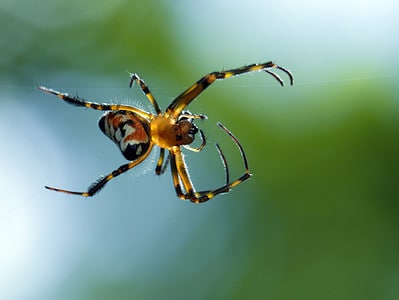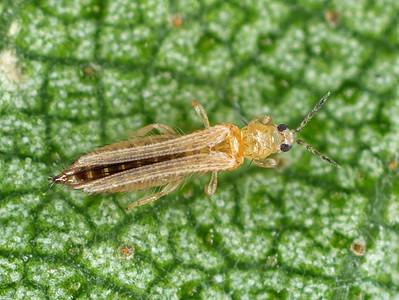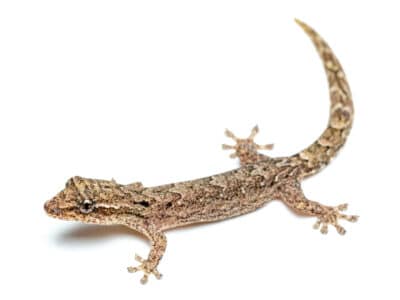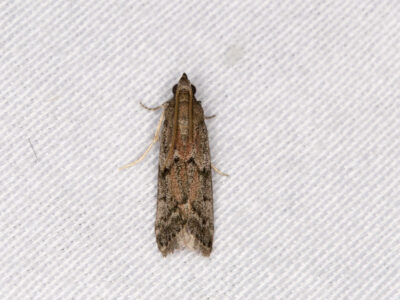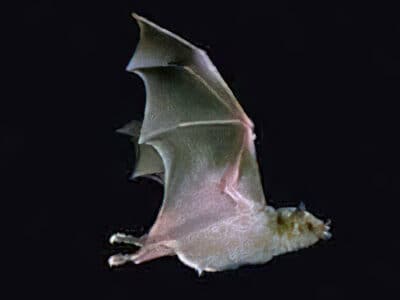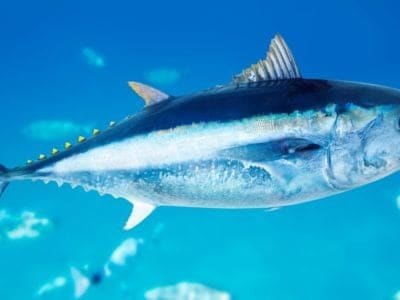Sawfish
Sawfish teeth keep growing as the fish gets older
Advertisement
Sawfish Scientific Classification
Read our Complete Guide to Classification of Animals.
Sawfish Conservation Status
Sawfish Facts
- Prey
- fish and crustaceans
- Group Behavior
- Solitary
- Fun Fact
- Sawfish teeth keep growing as the fish gets older
- Biggest Threat
- Poaching
- Most Distinctive Feature
- Ridged rostrum
- Other Name(s)
- Carpenter sharks
- Gestation Period
- 12 months
- Habitat
- Coastal
- Predators
- Crocodiles, sharks, and dolphins
- Diet
- Carnivore
- Type
- rhinopristoform
- Common Name
- Sawfish
- Number Of Species
- 5
View all of the Sawfish images!
The sawfish, also known as the carpenter shark, is a tropical ray fish that swims along the shallow coasts of warm marine areas.
Fully-grown sawfish are titanic in size and can weigh well over 1,000 pounds. The sawfish’s distinctive spiked snout has been the source of many myths and false facts, leading to a lot of confusion about this fish’s true nature. However, recent research has shown that these creatures are shy, gentle, and an important part of their local ecosystems.
3 Incredible Sawfish Facts!
- Sawteeth: The spikes on a sawfish’s rostrum are very similar to teeth. They grow bigger as the fish gets older, but they don’t grow back if they fall out.
- Electroreceptive senses: These fish have eyes, but this isn’t their primary method of hunting. Instead, they use sensory organs on their rostrums to detect the electric fields emitted by nearby fish.
- Gentle attitude: When they’re not hunting, these fish are incredibly peaceful creatures. A sawfish will never attack a human unless directly threatened.
- Titanic size: Sawfish are some of the largest marine animals. They may grow up to 25 feet long and can weigh as much as 1,300 pounds.
Sawfish Classification and Scientific Name
The scientific name for a single sawfish is pristis. This name is derived from the Greek word pristes, which just means “saw”. These fish get their name from their distinctive snout, which is covered in sharp ridges. In some areas, they are also known as carpenter sharks – a name that references the false myth that sawfish can actually saw objects in half. There are five different kinds of sawfish, all of which can be grouped into the family Pristidae.
These fish belong to the order Rhinopristoformes, along with guitarfish and banjo rays. Sawfish should not be confused with sawsharks, which actually belong to the family Pristiophoridae.
Sawfish Species
There are currently five recognized species, all of which are either endangered or critically endangered.
- Largetooth sawfish: Also known as the common sawfish, Pristis pristis can be found in nearly every coastal region and is also known to inhabit rivers and lakes.
- Dwarf sawfish: Pristis clavata is native to Australia and is occasionally called the Queensland sawfish. These fish only grow to be roughly 10 feet in length.
- Smalltooth sawfish: Pristis pectinata has a narrower rostrum with smaller teeth. These fish used to range across the entire Atlantic, but it has recently disappeared from most of this territory.
- Green sawfish: Pristis zijsron is a type of smalltooth sawfish with green skin and a longer snout. These fish are also known as olive sawfish or longcomb sawfish.
- Narrow sawfish: The Anoxypristis cuspidata is the only type of sawfish that belongs in its own genus. Due to the thin shape of their rostrum, narrow sawfish are also called knife tooth or pointed sawfish.
Sawfish Appearance
Sawfish are large marine creatures with rough, sandpaper-like skin that is typically brown or grey in color. These fish have four pectoral and pelvic fins extending from their sides; they also have two dorsal fins and a single tail fin. The size and shape of these fins help distinguish the different species from one another.
These fish have two eyes on the top of their relatively flat heads. Like other rays, their mouths, nostrils, and gills are all located on the bottom of their bodies. The bottom of the fish is completely flat, allowing them to glide freely along the coastal floor.
These fish are some of the biggest marine animals. The largest recorded one was 24 feet long, and it’s theorized that there may be even larger ones that have successfully evaded fishermen. Most of them weigh around 700 pounds, but some truly titanic specimens may weigh as much as 1,300 pounds.
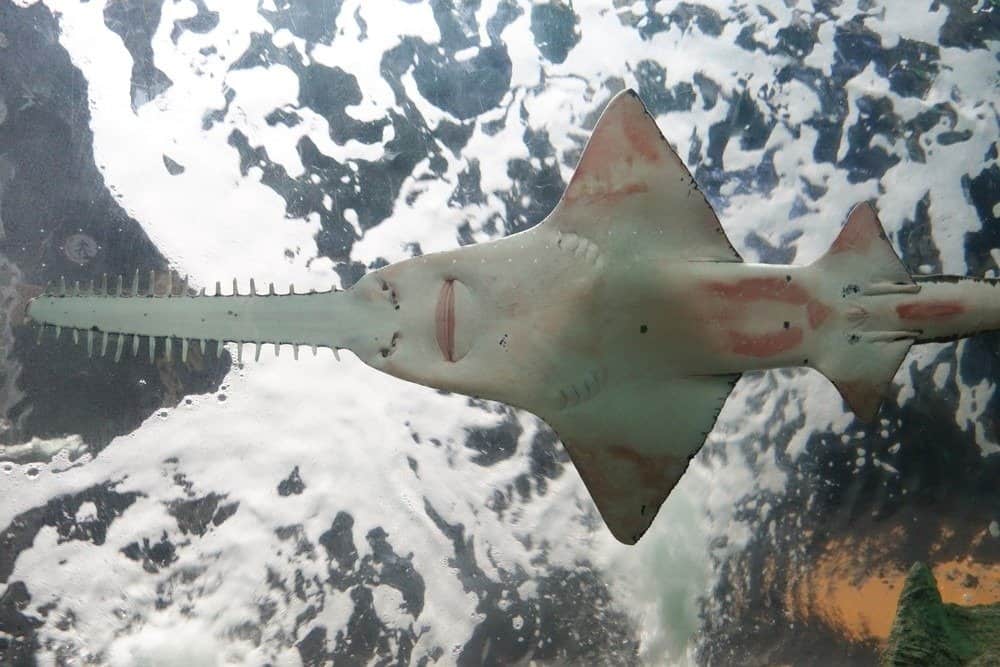
©Krofoto/Shutterstock.com
The Unique Sawfish Nose
Sawfish can be immediately recognized by their rostrums, which are thin, elongated snouts that can extend to one third the length of the fish’s body. A sawfish’s rostrum is covered in peg-like spikes or “teeth,” creating the characteristic saw-like appearance.
The number of teeth on the fish’s rostrum varies based on the species and the individual fish. Rostral teeth grow in as the fish matures, which means that an older sawfish will have much larger teeth. Females may have two to six fewer teeth than males of the same species.
A sawfish’s snout is actually incredibly sensitive. The rostrums are covered in sensory organs that allow them to detect the movement of other fish in the water through electroreception. Some of them may also use their rostrums to pin prey against the ocean floor.
Sawfish Distribution, Population, and Habitat
These fish inhabit warm coastal areas in both the Atlantic and Pacific oceans. Both largetooth and smalltooth sawfish can be found along the Gulf Coast; most sightings are in Florida, but a few historic sightings suggest that these fish once ranged as far as the state of New York. You can also find them in the Mediterranean Sea, the Indian Ocean, the Persian Gulf, and along the coast of Australia.
These fish prefer to live in shallow marine waters and seldom go beneath a depth of 130 meters. They are also capable of surviving in freshwater, and several have been spotted swimming up rivers and even making their homes in high-saline lakes. Although these fish typically prefer warmer waters, smalltooth and green sawfish can survive in slightly colder regions. All of them are bottom-dwellers that like to live in areas with high amounts of soft mud or sand.
All species of these fish are either endangered or critically endangered. No exact population counts are available; however, it’s estimated that there could be as many as 2,000 or as few as 200 of any given sawfish species.
Sawfish Predators and Prey
These fish are carnivores that will eat any fish or crustacean that they can catch. Most of them feed on mollusks, crabs, and other small fish that swim along the coastal floor. They do not typically attack creatures that are too large to eat, which means that they are not a threat to humans.
These fish have very few natural predators. They are at most risk from sharks, crocodiles, and dolphins. In order to defend themselves, they will often thrash their rostrums back and forth in hopes of cutting the predator or scaring it away.
Sawfish Reproduction and Lifespan
These fish reproduce by mating and give birth to a litter of pups after a several-month long gestation period. A litter can have anywhere from 7 to 14 pups. Depending on the species, these fish reach maturity at around 7 – 12 years old. Most of them can live to be as old as 30 years in the wild.
One of the most recently discovered facts is that female smalltooth sawfish can reproduce via parthenogenesis. The resulting pups will be clones of the mother. This breeding method is theorized to be a response to low populations and the inability to find a normal mate.
Sawfish in Fishing and Cooking
These fish are critically endangered and are illegal to fish in nearly all parts of the world. Unfortunately, these fish are often poached for their unique rostrums. In Florida, being caught with a rostrum can result in a fine of $10,000.
In some parts of the world, sawfish fins may be used to make shark fin soup. However, these fish have little nutritional value, which means that they are seldom hunted unless they are mistaken for another type of fish.
View all 293 animals that start with SSawfish FAQs (Frequently Asked Questions)
Where are sawfish found?
Sawfish are found in warm coastal waters around the world. Largetooth sawfish are typically found in Florida, while other types of sawfish can be found near Africa, Australia, and India.
What do sawfish eat?
Sawfish are carnivores that eat small fish, crustaceans, and mollusks.
Where do sawfish live?
Sawfish used to inhabit nearly every coastal region. However, due to declining numbers, sawfish populations have retreated to tropical areas like the coasts of Florida and Australia.
Is a sawfish dangerous?
Sawfish only eat small fish and will not attack humans unless they are threatened. However, sawfish rostrums are incredibly sharp, so it is not wise to approach one of these creatures.
Why is sawfish endangered?
Sawfish used to be poached heavily for their distinctive rostrums. A combination of over-hunting and changing ecosystems has resulted in critical endangerment for every type of sawfish.
What is the difference between sawfish and sawshark?
Sawfish are a type of ray, which means they have mouths and gills on the bottom of their bodies. Sawsharks are actual sharks and have gills on their necks; they also have sharp barbs on their rostrums.
What Kingdom do Sawfish belong to?
Sawfish belong to the Kingdom Animalia.
How do Sawfish have babies?
Sawfish lay eggs.
Thank you for reading! Have some feedback for us? Contact the AZ Animals editorial team.
Sources
- EOL, Available here: https://eol.org/pages/1865
- Florida Museum, Available here: https://www.floridamuseum.ufl.edu/discover-fish/sawfish/species-profiles/
- The National Wildlife Federation, Available here: https://www.nwf.org/Educational-Resources/Wildlife-Guide/Fish/Sawfish
- Fishbase, Available here: https://www.fishbase.se/summary/FamilySummary.php?ID=16
- NOAA Fisheries, Available here: https://www.fisheries.noaa.gov/species/smalltooth-sawfish








